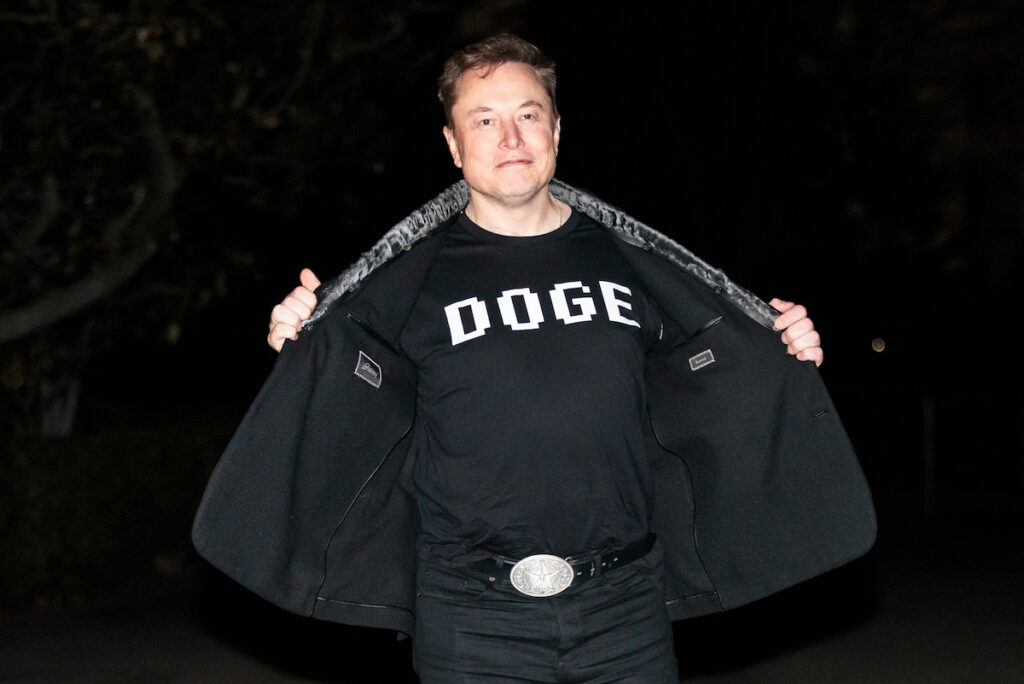CEO Reduces Government Role After Investor Pressure
Elon Musk is shifting his focus back to Tesla following a steep decline in the company’s financial performance. The billionaire entrepreneur, who has been heavily involved in a controversial federal program called the Department of Government Efficiency (DOGE), announced he will reduce his time in Washington and recommit to leading the electric vehicle manufacturer.
During a recent earnings call, Musk stated that “the major work of establishing DOGE is done” and he will now “allocate far more of my time to Tesla.” Starting in May, Musk said he will limit his government activities to only one or two days per week, with the rest dedicated to the company’s operations.
This announcement followed a 71% plunge in quarterly profit and a 9% decline in revenue. The news reassured some investors who had become increasingly concerned about Musk’s divided attention. “This is a big step in the right direction,” said Dan Ives, a managing director at Wedbush Securities. The market reacted positively, with Tesla shares rising more than 5% in after-hours trading, although the stock remains down over 40% since the beginning of the year.
Financial Headwinds and Global Challenges
Tesla’s earnings for the first quarter dropped to $409 million, or 12 cents per share — well below analyst expectations. Revenue fell from $21.3 billion to $19.3 billion, and gross margins, a key profitability metric, decreased from 17.4% to 16.3%. These figures highlight the financial pressures the company is facing amid a changing electric vehicle landscape.
Much of the downturn is attributed to waning global demand, increased competition, and the fallout from Musk’s political involvement. Public protests have erupted at Tesla dealerships across the U.S., with demonstrators criticizing job losses and government budget cuts linked to DOGE. In Europe, Tesla’s sales declined 49%, impacted by both Musk’s controversial statements and a growing field of capable EV competitors.
Tesla has also warned that newly implemented trade tariffs will affect its energy storage and vehicle divisions. Although the company manufactures most of its U.S. vehicles domestically, certain imported parts and materials will be subject to increased import taxes. Additionally, Chinese retaliatory measures have disrupted Tesla’s operations in the region. Earlier this month, the company was forced to suspend new orders for its high-end Model S and Model X vehicles in China.
Technological Ambitions Remain Unshaken
Despite the financial difficulties, Musk remains focused on innovation. Tesla reaffirmed plans to release a more affordable version of its Model Y SUV and to launch a driverless robotaxi service in Austin. The rollout is expected to begin midyear, with broader availability by the end of the year.
On the call, Musk said, “There will be millions of Teslas operating autonomously in the second half of the year.” He added that self-driving technology will soon allow users to “go to sleep in our cars and wake up at your destination,” a vision he believes will be reality in many U.S. cities before year’s end.
However, skepticism remains. Analysts such as Sam Abuelsamid from Telemetry Insight warn that Tesla’s current technology is not yet reliable enough for unsupervised operation. Federal investigations are still underway, particularly concerning Tesla’s Autopilot and Full Self-Driving systems, which have been involved in accidents under certain conditions, such as poor lighting or sun glare.
The National Highway Traffic Safety Administration is examining whether Tesla’s software adequately alerts drivers when their attention is needed — a key factor in preventing crashes.
A Tougher Competitive Landscape
Tesla is no longer the undisputed leader in the EV space. Chinese manufacturer BYD has introduced batteries that offer near-instant charging, and European automakers are producing advanced models with features rivaling Tesla’s, often at lower prices.
Public opinion of Musk himself has also shifted, especially in Europe, where his support for far-right politicians has alienated potential customers. This reputational hit, combined with improved offerings from competitors, is creating headwinds that Tesla didn’t face just a few years ago.
Still, not all the news was negative. Tesla reported $595 million in regulatory credit sales — a jump from $442 million a year ago. Cash flow also surged to $2.2 billion compared to just $242 million the previous year. These gains were enough to offset some investor concerns.
Seth Goldstein of Morningstar noted that the downturn wasn’t unexpected given Tesla’s early sales reports. “It was good to see positive cash flow,” he said, “but the sales slump sets a troubling precedent for future quarters.”



